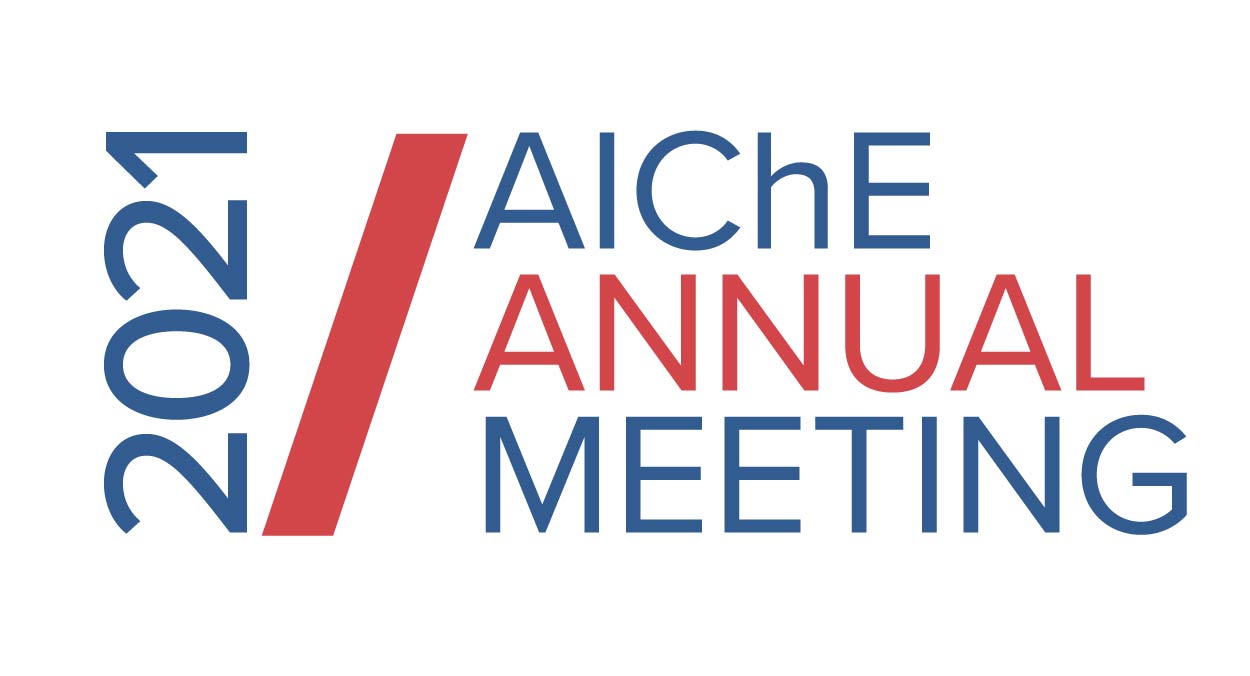

We use controlled material syntheses and advanced spectroscopy techniques to monitor dynamic behavior or catalysts in response to reaction conditions. Notably, we have developed several iridium-based perovskite materials to establish electronic structure effects associated with systematic changes in composition, crystallinity, and strain. We use these materials to elucidate trends in structural reorganization and degradation mechanisms induced by reaction operating conditions, exemplified with water oxidation in acidic conditions, for which active and stable catalyst development has been a longstanding challenge. We also investigate the relationship between reactor bulk and catalyst local reaction environments to determine changes in reaction mechanism and product selectivity as a function of bulk electrolyte pH, concentration, cation identity, and operating potential. Local pH probes and kinetic isotope effect studies provide insights to behavior of carbon-based catalysts for the oxygen reduction reaction in systematically varied reaction environments. Understanding how to control complex electrochemical reaction mechanisms via catalyst and environment tuning is critical for reducing energy consumption and optimizing reaction selectivity towards desired product molecules that serve as critical building blocks for fuels and products that we rely on every day.
